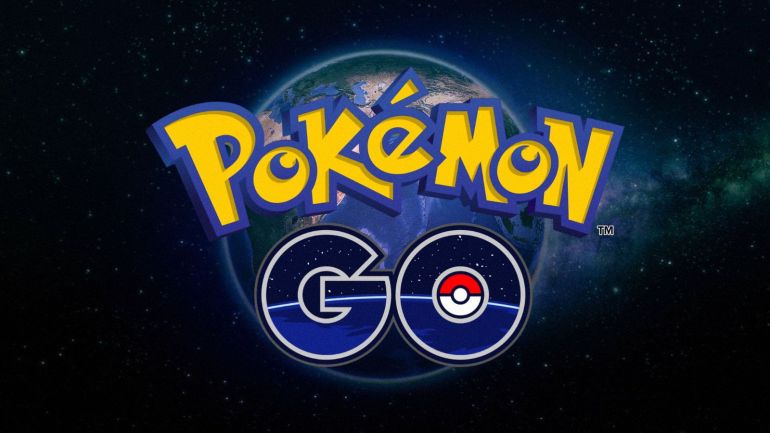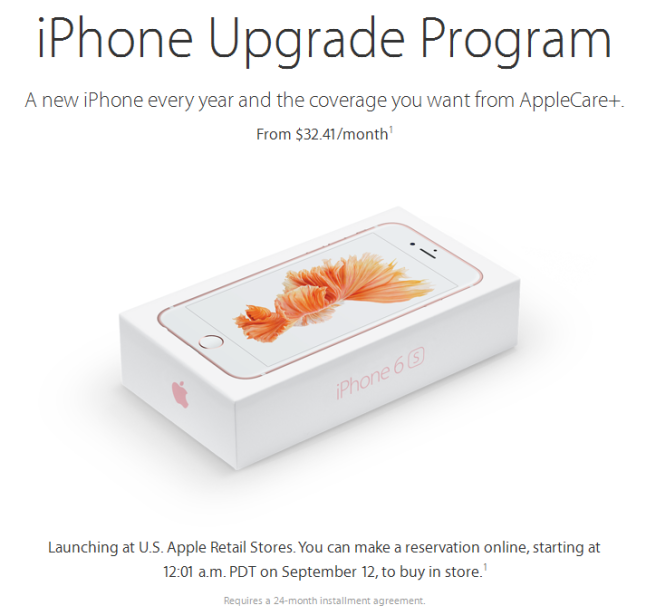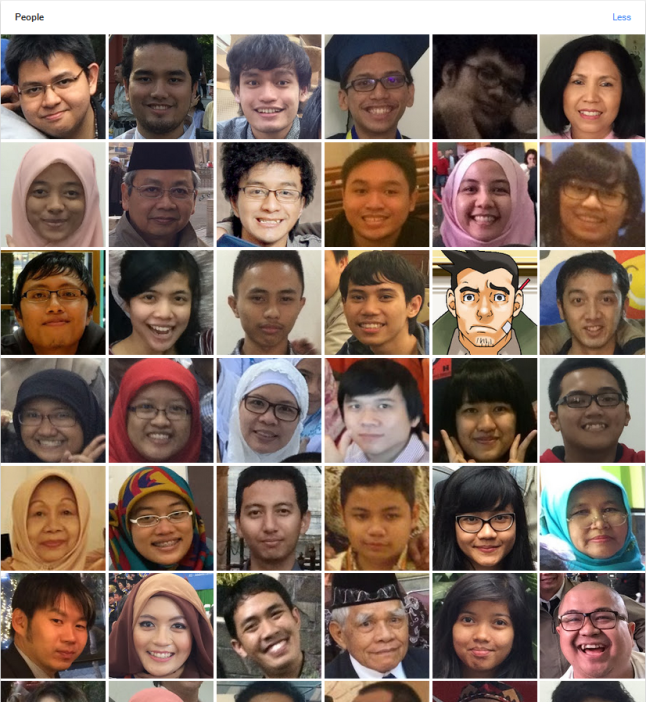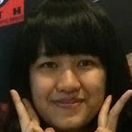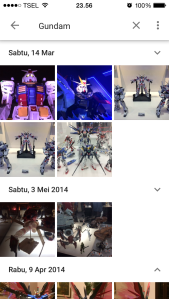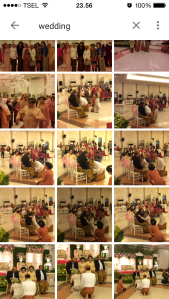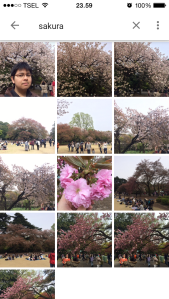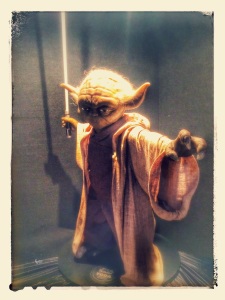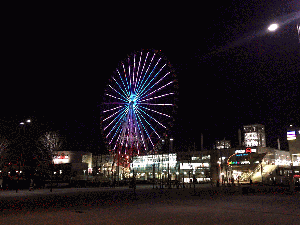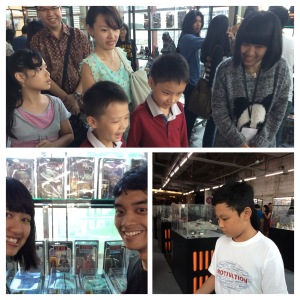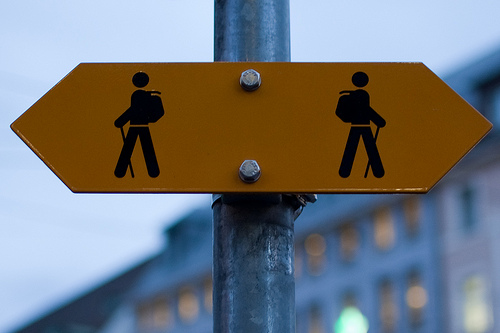Pokémon GO was a massive success. Really massive that even the server overwhelmed by the sheer number of enthusiasts. Youngsters downloaded the app, through legal means or even unofficially released APK, even some willingly to change their Apple ID region just to download Pokémon GO.
Fast forward 1 month and a half. The number of player is still staggeringly high, BUT it’s already peaking. The number is slowly declining, as many players become weary of playing the game. Well, the case of mobile games are retention rate of 20% even after a week of playtime is considered exceptional. Pokémon GO is still exceptional. Recently, more and more articles talk about the decline of Pokémon GO Daily Active Users (DAU).
Many factors contribute to the decline, like many cheaters, cheating engine, not so clear goals, repetitive, and so on. What I want to talk here is how Pokémon GO game design itself contribute to its decline.
DISCLAIMER: This post is just a not-so-professional opinion of mine, as a former Pokémon GO trainer, and also as a fellow game designer/programmer. I have no relationship with any Niantic employees nor the development process of Pokémon GO. This post means no offense towards the game, I just want to explain some of Pokémon GO’s weak links.
It’s Full of Grinding
Leveling is an important short-term goal in a game. Without short-term goals, player will find the game “aimless”. Pokémon GO provides players with 4 consistent ways to gain XP: visit PokéStops, catch a Pokémon, evolve existing Pokémon, or hatch the eggs. Gym battle is not considered as a consistent way to gain XP. At the beginning of the game, it is quite easy to level up by catching Pokémon. It is normal, it is the norm, and it is the standard of gameplay. Things beginning to unfold for better or worse at higher level. At level 20 above, leveling becomes a chore. Why? The problem is 2 folds:
- XP requirement is increasing. It is normal, at a glance, but the problem lies here: every Pokémon you catch worth the same amount of XP: base 100 XP. The game doesn’t care whether you catch Dragonite (rare) CP 2000 or Zubat (very common) CP 70, if you’ve added them to Pokédex once, they only worth 100 XP for every catch. For a case of evolve to gain XP, in Pokémon GO, to evolve the Pokémon, instead of fighting like the main game franchise, you need to catch the same Pokémon in one evolution line, over and over. So, to make a Gyarados out of Magikarp, players need to catch Magikarp 133 times, roughly. To level up a trainer from lvl 19 to 20, player needs to accumulate 50k worth of XP, which roughly translate to catching 500 Pokémon.
- To rub salt to the wound, the higher level Trainer, the higher chance of failure capturing a Pokémon. The number of Pokéballs spent usually much higher than the number of Pokéballs gained from 1 PokéStop. To gain XP, players need to catch Pokémon, but Niantic purposefully scale the game harder, in an annoying way. Niantic has solution: buy the Pokéballs from the in-app store. That’s a valid monetization strategy, of course.
To sum up this section: the grinding itself is not fun. It is a chore.
Solution: adjust the XP gains for high level trainer and rare Pokémon encounter.
A Cub in the Lions’ Den
What does it mean? This is one of the most interesting part. To simply put, the beginners are put in the same pool with the veteran. It’s important to remember that as Pokémon GO use this whole world as the playground, new players will automatically thrown into a world populated (and unfortunately, dominated) by high-level players, already. Beginners with Charmander CP 25 walk through the city full of Dragonite CP 1500. It is intimidating for new players who have recently join the fray to face other players who have played them game since launch day.
For a long standing popular game like Clash of Clans, for example, low level player will be pitted against another low level player, and veteran vice versa. I liked how Destiny PvP matchmaking was (not again, due to some player backlash): players will enter the matchmaking with other players with “similar” skill. Bungie didn’t mention what the deciding factors were, but it could be safe to say that the Kill/Death Ratio and personal score in a match contribute to the matchmaking calculation. Pokémon GO has no matchmaking system, so players are given the freedom whom to face and whom to avoid. But, in this world already dominated by high-level players, legit or cheaters, the decision is harder to make.
The game will not be fun if the game runs onesidedly. Unfair game lacks of challenge is not fun to play. It is both boring and frustrating.
Solution: Make the Pokémon GO tiered/layered. Beginners will start in the low-tiered world with more common Pokémon to catch, while veteran will play in their own high-tiered world with more chance to encounter rarer Pokémon, or even Legendaries. Low-tiered player can undergo a tier-promotion, through level up or even promotion exam.
Limited Exploration
Pokémon GO thrive on one Pokémon motto: Gotta Catch’em All. The widely popular meme is “I wanna be the very best, like no one ever was”.
The main premise of Pokémon GO is to explore and find all Pokémon you can find. The problem is, the exploration is limited, geographically. PokéStops are not everywhere. Rural area has limited PokéStops and that hampering the number of occurence of encountering Pokémon. If encountering common Pokémon is already hard, what about finding rare Pokémon? Limited PokéStops also make it harder to collect Pokéballs and gain XP via getting eggs or visiting PokéStops.
For people who live in mountain with lack of access to visible body of water in the map, it is very hard to find aquatic Pokémon. How can they make Gyarados out of Magikarp if Magikarp themselves are hard to find?
What about players who works full-time, 8-to-5, or busy with their own real-world business? Well, they can collect any Pokémon they found along the way home, while planning where to go during weekends. Some place have particular Pokémon, so let’s say you wanna make Ninetales out of Vulpix, but you can only find Vulpix in a place you usually don’t visit (for extreme example: cemetery), you can either stay at that place long enough to collect more Vulpix, or just give it up and go on with the live. For some people, perhaps it is the time to give up the game.
Solution: No particular solution. Geographically-distributed Pokémon is already make sense though it makes harder to catch’em all.
So?
Well, Pokémon GO is still at its earliest stage and I believe Niantic has unannounced plans to implements for Pokémon GO. I believe that Pokémon GO will undergo transformation just like how Destiny, once an overhyped mediocre FPS, finally shaped into a decent, satisfying, and addicting game after 1 year. Feedback will certainly make Pokémon GO better experience. But that’s it, for now, I am retiring from Pokémon GO and still have no plan to go back for a while.
Remember, there is no overnight success.
I welcome any constructive comments or discussion, if any.
— 2016, Rido Ramadan, a.k.a EdgarDrake
